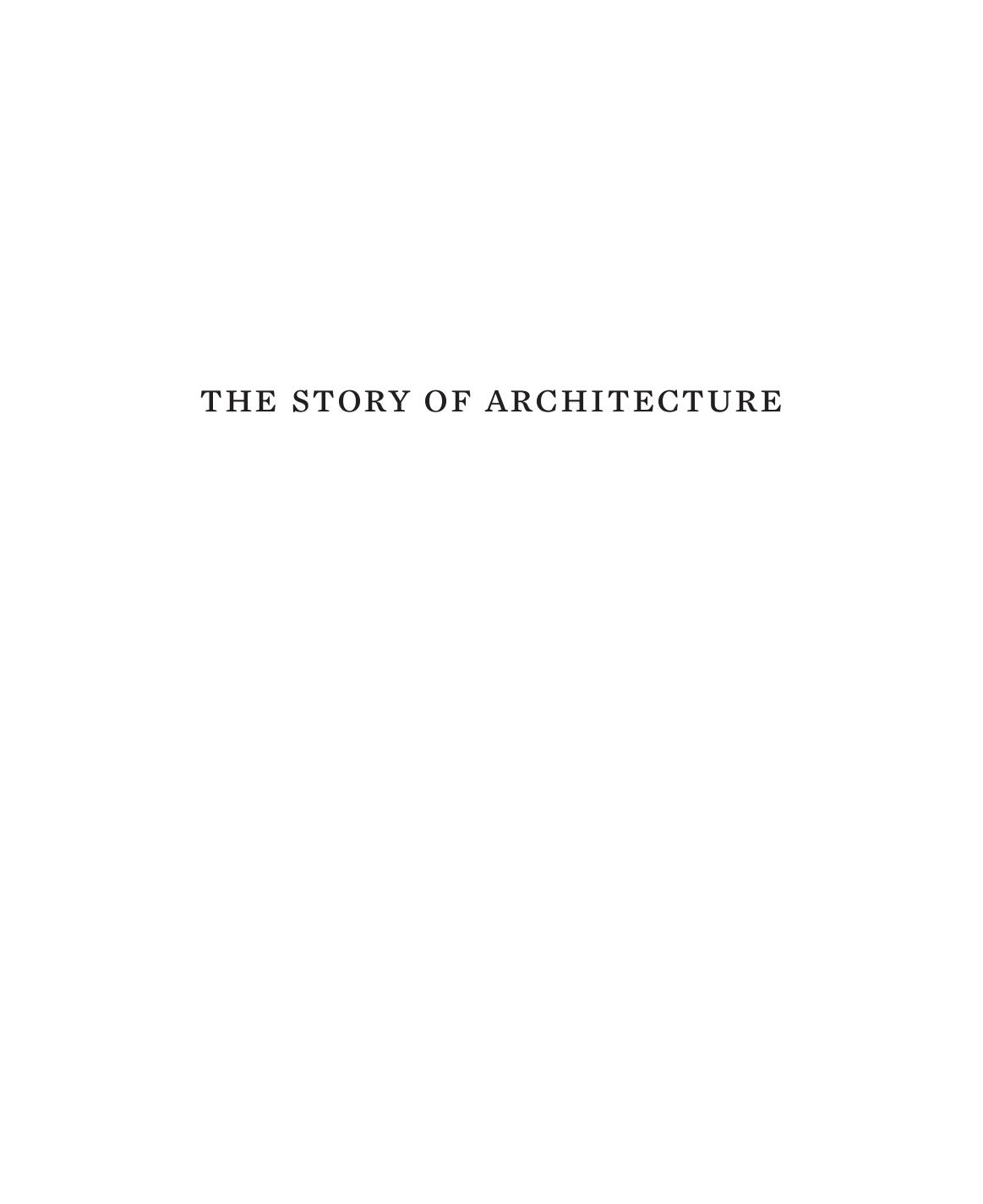The Story of Architecture by Witold Rybczynski

Author:Witold Rybczynski
Language: eng
Format: epub, pdf
Publisher: Yale University Press
Published: 2022-06-15T00:00:00+00:00
95 Sagrada FamÃlia, Barcelona. Antoni GaudÃ, 1882â1926. The east transept with the Nativity facade. This postcard photograph of the unfinished church was taken in 1950, twenty-four years after GaudÃâs death.
24
Modern Life
Vienna, early twentieth century
Art Nouveau lasted several decades and involved some wonderfully inventive designersânot only GaudÃ, but also Victor Horta and Henry van de Velde in Brussels, Hector Guimard in Paris, Charles Rennie Mackintosh and his wife Margaret Macdonald in Glasgow, Louis Comfort Tiffany in New York, and Louis Sullivan in Chicago (about whom more later). Perhaps the hottest hotbed of creative activity was Vienna. On May 25, 1897, a group of nineteen Viennese artists, led by the painters Gustav Klimt and Koloman Moser and the architects Joseph Maria Olbrich and Josef Hoffmann, âsecededâ from the conservative Union of Austrian Artists. The so-called Secession was more like an arts club than a narrow orthodoxy, and it brought together a variety of individuals united in their dissatisfaction with the academic revival styles that characterized art and architecture in fin-de-siècle Vienna. The young firebrandsâthe leaders were all in their twenties and thirtiesâfounded a magazine and organized exhibitions.
The following year, with the financial support of the steel magnate Karl Wittgenstein (the philosopher Ludwig Wittgensteinâs father), the Secessionists built their own exhibition pavilion called the Wiener Secessionsgebäude, the Vienna Secession Building. Their brave motto, which appeared over the entrance, read âTo Every Age Its Art; To Art Its Freedom.â The building, designed by Olbrich (1867â1908), was a series of interlocking white boxes housing a skylit exhibition space. The white-painted plastered brick with gold trim was a striking contrast to the gray stone architecture of central Vienna. The severe rectangularity, influenced by the Mackintoshes, who were greatly admired by the Secessionists, was different from the organic forms of French and Belgian Art Nouveau, although the floral patterns painted on the walls were likewise influenced by Japanese woodblock prints. Nothing here suggested cultural nationalism: Vienna was simply too cosmopolitan, the capital of the Austro-Hungarian Empire that included Magyars, Poles, Ukrainians, Slovaks, Croats, and Bohemians. Olbrich was born in Silesia, Hoffmann in Moravia.
Download
The Story of Architecture by Witold Rybczynski.pdf
This site does not store any files on its server. We only index and link to content provided by other sites. Please contact the content providers to delete copyright contents if any and email us, we'll remove relevant links or contents immediately.
Kathy Andrews Collection by Kathy Andrews(11687)
The remains of the day by Kazuo Ishiguro(8755)
Paper Towns by Green John(5030)
Spare by Prince Harry The Duke of Sussex(5004)
The Body: A Guide for Occupants by Bill Bryson(4893)
Industrial Automation from Scratch: A hands-on guide to using sensors, actuators, PLCs, HMIs, and SCADA to automate industrial processes by Olushola Akande(4854)
Machine Learning at Scale with H2O by Gregory Keys | David Whiting(3981)
Be in a Treehouse by Pete Nelson(3881)
Harry Potter and the Goblet Of Fire by J.K. Rowling(3746)
Never by Ken Follett(3712)
Goodbye Paradise(3672)
Into Thin Air by Jon Krakauer(3268)
The Remains of the Day by Kazuo Ishiguro(3259)
The Cellar by Natasha Preston(3225)
The Genius of Japanese Carpentry by Azby Brown(3197)
Fairy Tale by Stephen King(3163)
120 Days of Sodom by Marquis de Sade(3124)
Drawing Shortcuts: Developing Quick Drawing Skills Using Today's Technology by Leggitt Jim(2965)
The Man Who Died Twice by Richard Osman(2963)
